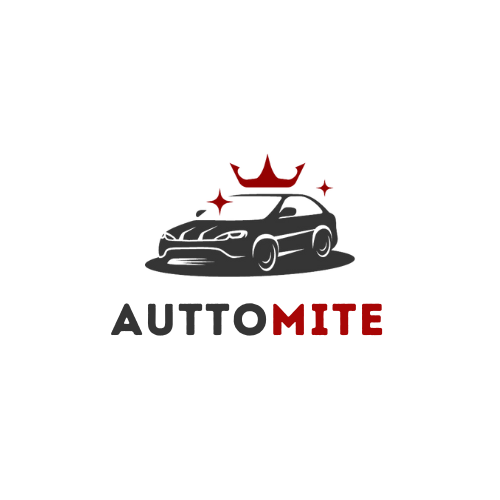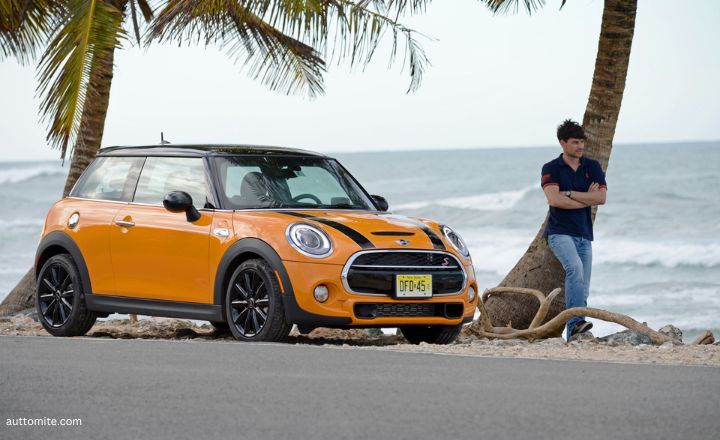The Mini Cooper, a British icon that has captured the hearts of automotive enthusiasts worldwide, is a car that defies its small stature with big style and performance. From its inception in the 1960s to its modern-day iterations, the Mini Cooper has gone through various transformations, each year bringing something new to the table.
The world of Mini Coopers aims to uncover the best & worst Mini Cooper years of this beloved compact car, exploring how different models have fared over time and what makes certain years stand out from the rest.
Mini Cooper Generations
The Mini Cooper has solidified its place in automotive history by evolving across multiple generations. From the classic charm of the Mini Hatch to the modern allure of the Mini Countryman, each model represents a unique chapter in the brand’s legacy.
The Mini Clubman offers a sophisticated twist on the traditional design, while the Mini Coupe & Roadster embody a sporty and dynamic spirit that appeals to performance enthusiasts.
The Mini Cooper and BMW X3 are different models produced by the BMW Group, and they don’t share the same heritage or platform.
The compact yet versatile nature of models like the Mini Paceman showcases a commitment to adaptability and style. The Mini Cooper continues to capture hearts and turn heads on streets worldwide.
| Generation | Years |
| 1st Generation (R50) | 2002-2006 |
| 2nd Generation (R56) | 2007-2013 |
| 3rd Generation (F56) | 2014-Present |
Mini Cooper’s Best, Neutral, and Worst Years
The Mini Cooper has garnered a strong following for its unique design and fun driving experience. When it comes to owner-reported reliability satisfaction scores, certain years stand out.
- The best years for the Mini Cooper based on Edmund owner ratings include models from 2011 to 2013, with owners praising their reliability and performance.
- The neutral years, like 2017, saw mixed reviews, with owners reporting average satisfaction levels due to minor issues.
- It’s worth noting that there are also worst years for the Mini Cooper in terms of owner-reported reliability satisfaction scores.
Models from 2007 and 2008 have received lower ratings compared to other years, with owners highlighting issues such as frequent breakdowns and costly repairs.
The forthcoming chart consolidates ratings from various sources to present a comprehensive view of the Mini Cooper’s performance throughout the years.
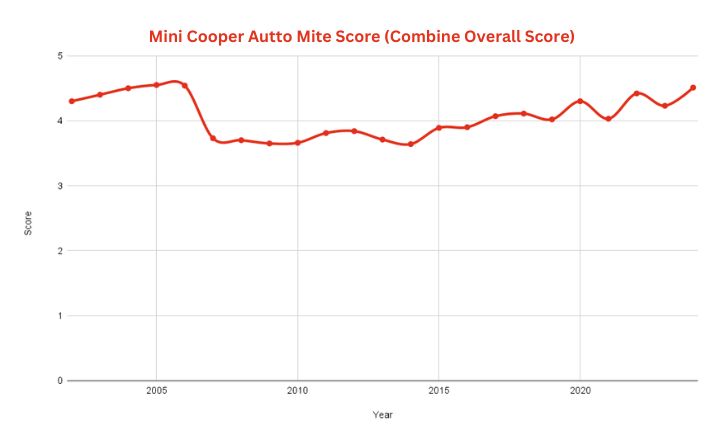
These insights can help potential buyers make informed decisions when considering purchasing a Mini Cooper, ensuring they choose a model known for its reliability and positive ownership experience.
Our thorough research has resulted in a detailed classification of every Mini Cooper model year into the best, average, and least favourable categories.
| Generation | Best Years | Neutral Years | Worst Years |
| 1st Generation (R50) | 2006 | N/A | 2002 2003 2004 2005 |
| 2nd Generation (R56) | 2010 2011 2012 2013 | 2009 | 2007 2008 |
| 3rd Generation (F56) | 2018 2019 2020 2021 2022 2023 2024 | 2016 2017 | 2014 2015 |
Best & Worst Mini Cooper Years For 1st Generation (2002–2006)
The Mini Cooper 1st generation, produced between 2002 and 2006, is a unique blend of classic design and modern technology.

The Best Year: 2006
The Mini Cooper 1.6L Tritec naturally aspirated engine paired with a five-speed manual transmission was a game-changer in the automotive industry.
Driving enthusiasts were drawn to the harmonious balance between power and efficiency offered by this dynamic combination. The seamless shifting of gears provided a sense of control and connection to the road that made every drive exhilarating.
The safety features incorporated into Best Year for Mini Cooper further enhanced its appeal. From robust braking systems to advanced airbag configurations, this model prioritized driver and passenger protection without compromising on style or performance.
Technology innovations like stability control and traction management revolutionized handling, making the driving experience not only safe but also incredibly enjoyable.
Capturing the spirit of adventure and efficiency, the 2006 Mini Cooper 1st Generation set a new standard for compact cars in terms of both design and engineering prowess.
Mini Cooper years to avoid: 2002, 2003, 2004, 2005
The Mini Cooper 1st Generation faced severe power steering issues and transmission problems in the years 2002–2005, causing frustration among owners.
While the iconic design and driving experience of the Mini were undeniable, these persistent technical faults tarnished its reputation during this period.
Owners reported struggles with steering control and frequent breakdowns due to faulty power steering mechanisms, leading to safety concerns on the road.
Transmission problems plagued numerous Mini Cooper models from 2002 to 2005. Many drivers experienced issues such as rough shifting, slippage, and complete transmission failure, resulting in hefty repair bills and extended downtime for their vehicles.
The combination of these two significant mechanical shortcomings during those years painted a bleak picture for Mini Cooper enthusiasts who had hoped for a trouble-free driving experience encapsulated in such a well-loved automobile.
Best & Worst Years for Mini Cooper 2nd Generation (2007–2013)
The second-generation Mini Cooper, produced from 2007 to 2013, garnered mixed reviews in terms of reliability and performance. The Mini Cooper had its share of drawbacks, but later years showed significant enhancements that solidified its position as a beloved compact car among consumers.

Best years for Mini Cooper: 2010, 2011, 2012, 2013
The best years for the Mini Cooper 2nd Generation (2007–2013), the model years 2011 and 2012 stand out as particularly strong contenders.
The 2011 Mini Cooper is praised for its refined engine options, including a turbocharged 1.6-litre four-cylinder that delivers an excellent balance of power and fuel efficiency.
The 2012 Mini Cooper received updates to its transmission options, offering smoother shifts and improved overall performance.
These two best Mini Cooper models have garnered positive reviews for their handling characteristics and iconic design elements that make driving a Mini Cooper a truly unique experience.
While the 2010 Mini Cooper remains a solid choice with its peppy engines and nimble handling, some critics note that it may lack some of the refinements seen in later model years.
The 2013 Mini Cooper introduced additional engine variants and technology upgrades but faced occasional criticism for potential reliability issues.
Each of these model years offers distinct advantages depending on specific preferences, whether you prioritize performance, comfort, or technological advancements in your Mini Cooper experience.
The Neutral Year: 2009
In the neutral year of 2009 for the Mini Cooper, enthusiasts and critics found themselves in a dilemma over which model truly stood out as the best in its category.
With the 2nd Generation Mini Cooper setting high standards since its inception in 2007, expectations were soaring for the 2009 lineup.
The versatility of the Mini Cooper’s engine lineup this year made it a standout performer among its competitors. Whether you were looking for fuel-efficiency or a more spirited driving experience, there was an option to suit your needs.
The blend of performance and efficiency in the engines of the Mini Cooper truly showcased its engineering prowess and established it as a force to be reckoned with in its category during 2009.
The Worst Years: 2007, 2008
The Mini Cooper 2007 and 2008 models are notorious for their engine problems, which have caused headaches for many owners over the years. From issues with timing chains to oil leaks and overheating, these particular years have proven to be troublesome in terms of engine reliability.
Another common issue with the 2007 and 2008 Mini Coopers is related to electric auxiliary components, such as power windows, door locks, and other electronic features.
Many owners have reported frequent malfunctions in these systems, leading to frustration and additional repair costs. Potential buyers should carefully consider the maintenance history of these models before making a purchase decision.
While the Mini Cooper may be an attractive and fun-to-drive car in general, it’s crucial to tread carefully when considering purchasing a 2007 or 2008 model.
Mini Cooper years to avoid the engine problems and electric auxiliary issues associated with these years can add up quickly in terms of repair expenses and inconvenience.
Prospective buyers should opt for newer models or thoroughly inspect any second-hand options before committing to avoid getting caught up in costly maintenance woes down the line.
Best & Worst Years for Mini Cooper (Hardtop) 3rd Generation (2014–Present)
The Mini Cooper Hardtop 3rd Generation has seen its fair share of ups and downs since its launch in 2014. In terms of performance and reliability, continuous efforts by Mini to enhance their vehicles have helped maintain customer loyalty and satisfaction over time.
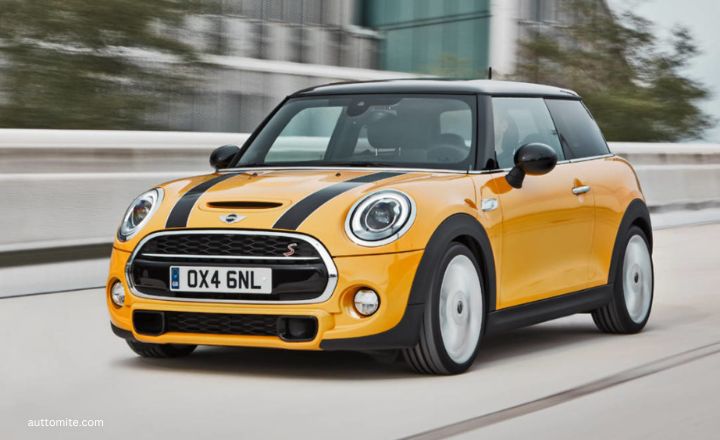
Best years for Mini Cooper: 2018, 2019, 2020, 2021, 2022, 2023, 2024
The Mini Cooper has been a beloved icon on the roads for decades, and recent years have seen some remarkable advancements in its engineering.
- The engine options, the best years for Mini Cooper 2020 and 2021 stand out as they introduced turbocharged engines that offered a perfect blend of power and efficiency.
- The Mini Cooper Hardtop in these years provided a peppy driving experience while still maintaining good fuel economy.
- Safety features have also seen significant improvements over these years, with additions like forward collision warning systems and adaptive cruise control becoming standard across most models.
- This focus on safety is commendable, as it ensures that drivers can enjoy the fun driving dynamics of the Mini Cooper without compromising their well-being or that of their passengers.
As automakers continue to prioritize performance and sustainability, we can expect to see hybrid or electric powertrains making their way into these compact yet dynamic vehicles, paving the way for a greener future without sacrificing any of that signature Mini Cooper charm on the road.
The Neutral Years: 2016, 2017
In the neutral years of 2016 and 2017, the Mini Cooper Hardtop 3rd Generation continued to captivate car enthusiasts with its timeless design and agile handling.
This iconic hatchback maintained its popularity among urban dwellers seeking a blend of style and practicality. With various trim levels and customizable options available, drivers could truly make their Mini Cooper reflect their personalities.
These years saw a growing demand for eco-friendly vehicles, leading Mini to introduce hybrid models in response to a shifting automotive landscape.
The combination of fuel efficiency and sporty performance made the Mini Cooper Hybrid a standout choice for conscientious drivers who didn’t want to compromise on driving enjoyment.
As sustainability became an increasing concern, this move by Mini showcased their commitment to both innovation and environmental responsibility.
Mini Cooper years to avoid: 2014, 2015
The Mini Cooper, renowned for its compact design and sporty performance, unfortunately, encountered some challenges in the 2014 and 2015 models.
- Owners of these particular years have reported various issues, ranging from costly mechanical failures to frequent trips to the repair shop.
- Common complaints include transmission problems, electrical malfunctions, and engine issues that can quickly escalate in terms of repair costs.
- With the charm and style that Mini Coopers are known for, potential buyers should approach the 2014 and 2015 models with caution due to these recurring problems.
- The high frequency of complaints concerning reliability and maintenance costs raises serious concerns about the overall ownership experience of these years.
It is advisable for consumers to thoroughly research and consider alternative model years or car brands to avoid unexpected expenses and frustrations associated with owning a Mini Cooper during this period.
Mini Cooper Resale Values
For Mini Cooper resale values, one must consider the unique appeal of these iconic vehicles. The reputation of Mini Cooper for reliability and performance plays a significant role in maintaining high resale prices in the competitive automotive market.
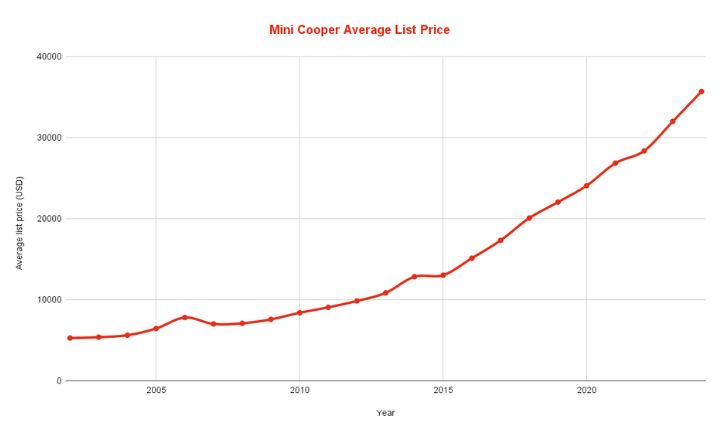
Conclusion
The best Mini Cooper years are often considered to be between 2005 and 2010, with the R53 and R56 models standing out for their superior handling, spirited performance, and iconic retro styling, and the worst Mini Cooper years have been associated with reliability issues in earlier models such as the first-generation BMC Mini from the 1960s.
Advancements in engineering and technology in more recent years have helped address many of these reliability issues, making newer Mini Coopers a more trustworthy choice for buyers looking for a fun yet dependable ride.
FAQ’s
Should I steer clear of all Mini Coopers from these years?
It is advisable to be cautious when considering purchasing a 2007 or 2011 Mini Cooper.
Can I still find reliable used Mini Coopers from different years?
Yes, with proper research and inspection, you can find dependable pre-owned Mini Coopers from other model years.
